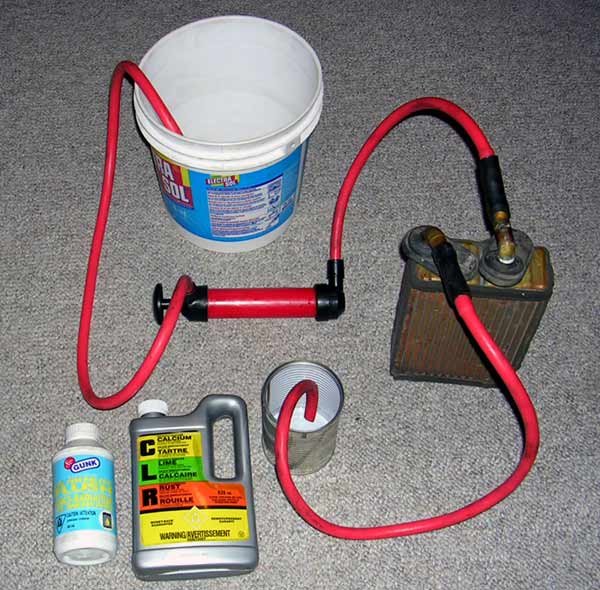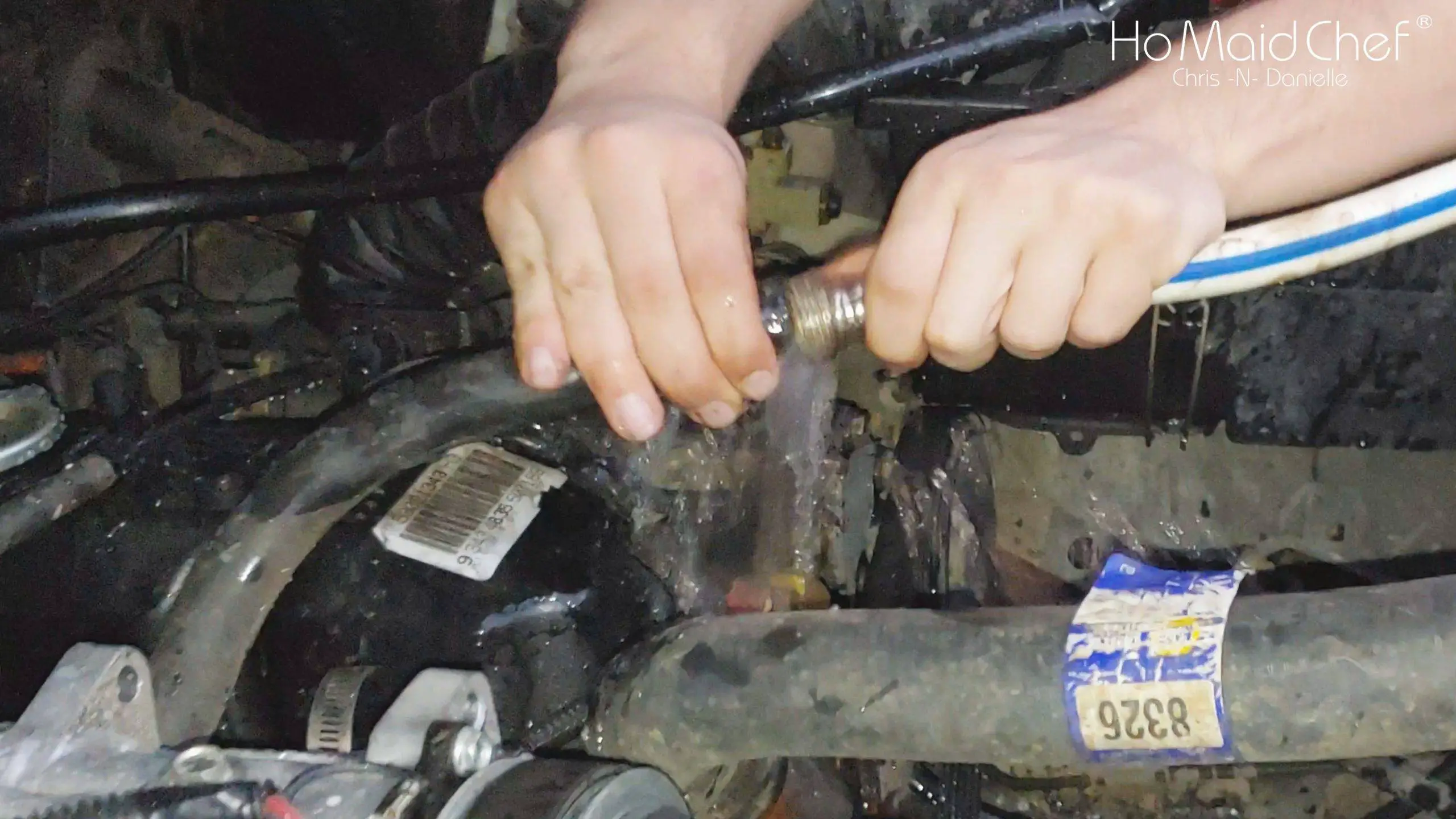What To Use To Clean Heater Core

Maintaining a vehicle's heating system is crucial for comfort and safety, especially during colder months. A key component of this system, the heater core, can become clogged with debris over time, reducing its efficiency. Understanding the proper methods and materials for cleaning a heater core is essential for both professional mechanics and DIY enthusiasts.
This article explores the various techniques and cleaning agents used to restore a heater core's functionality, providing a comprehensive guide based on industry best practices and expert recommendations. We will examine the types of cleaners available, the steps involved in the cleaning process, and potential risks to consider.
Understanding the Heater Core and Its Importance
The heater core is essentially a small radiator located within the vehicle's dashboard. It transfers heat from the engine coolant to the cabin air, providing warmth for the occupants.
Over time, rust, scale, and other contaminants can accumulate inside the core, restricting coolant flow and reducing heat output. Addressing this issue promptly can prevent further damage to the cooling system.
Identifying the Need for Cleaning
Several symptoms may indicate a clogged heater core. These include reduced heat output from the vents, a musty or unpleasant odor inside the cabin, and engine overheating.
Additionally, low coolant levels and frequent coolant refills can suggest a leak or blockage within the system, potentially involving the heater core. A professional diagnosis is always recommended to confirm the issue.
Choosing the Right Cleaning Solution
Selecting an appropriate cleaning solution is critical for effectively removing debris without damaging the heater core. Several options are available, each with its advantages and disadvantages.
Commercial Flush Solutions
Many commercially available radiator flush solutions are designed to dissolve rust and scale. These products typically contain a mixture of acids, detergents, and corrosion inhibitors.
It's crucial to follow the manufacturer's instructions carefully when using these solutions to avoid damaging the heater core or other cooling system components.
Citric Acid Solutions
Citric acid is a milder alternative to harsh chemical flushes. It is effective at removing rust and scale without being overly aggressive.
A solution of citric acid and water can be circulated through the heater core for several hours to dissolve deposits. This method is often preferred for older vehicles or those with delicate cooling systems.
Vinegar Solutions
White vinegar is another gentle cleaning option. Its acidity can help break down mineral deposits and corrosion.
However, vinegar may not be as effective as stronger chemical cleaners for heavily clogged heater cores. Proper flushing after using vinegar is important to remove any residual odor.
The Cleaning Process: Step-by-Step
The heater core cleaning process typically involves several steps. Safety precautions are paramount, including wearing gloves and eye protection.
Disconnecting the Hoses
First, disconnect the inlet and outlet hoses from the heater core. This is usually done in the engine compartment.
Be prepared for some coolant to spill during this process, and have a container ready to catch it. Refer to your vehicle's service manual for specific instructions.
Flushing the Core
Connect a garden hose or flushing machine to one of the heater core outlets. Run water through the core until it flows clear.
This helps to remove loose debris before introducing any cleaning solutions. Reverse flushing may also dislodge stubborn deposits.
Circulating the Cleaning Solution
Next, circulate the chosen cleaning solution through the heater core. This can be achieved using a small pump or by gravity feeding the solution through a hose.
Allow the solution to sit in the core for the recommended time, as specified by the product instructions. Agitating the solution periodically can improve its effectiveness.
Final Flushing and Reconnection
After the cleaning solution has done its work, thoroughly flush the heater core with clean water until all traces of the solution are gone. Ensure the water runs clear and there is no lingering odor.
Finally, reconnect the hoses to the heater core, refill the cooling system with the correct coolant mixture, and check for leaks.
Potential Risks and Precautions
Cleaning a heater core involves working with chemicals and automotive systems, so it's crucial to take necessary precautions. Always disconnect the battery before working on any electrical components.
Avoid using excessive pressure when flushing the core, as this can damage its delicate internal structure. Dispose of used coolant and cleaning solutions responsibly according to local regulations.
Furthermore, always wear appropriate personal protective equipment (PPE), including gloves and eye protection, when handling cleaning chemicals. Work in a well-ventilated area to avoid inhaling fumes.
When to Seek Professional Help
If you are not comfortable performing the heater core cleaning process yourself, or if you encounter any difficulties, it's best to seek professional help. A qualified mechanic can diagnose the problem accurately and perform the necessary repairs safely and effectively.
Ignoring a clogged heater core can lead to further damage to the cooling system and potentially compromise the engine's performance. Addressing the issue promptly can save you time and money in the long run.
In conclusion, cleaning a heater core can be a straightforward process when done correctly. By understanding the different cleaning solutions available, following proper procedures, and taking necessary precautions, you can restore your vehicle's heating system to its optimal performance and ensure a comfortable driving experience. Remember to consult your vehicle's service manual for specific instructions and recommendations.


















